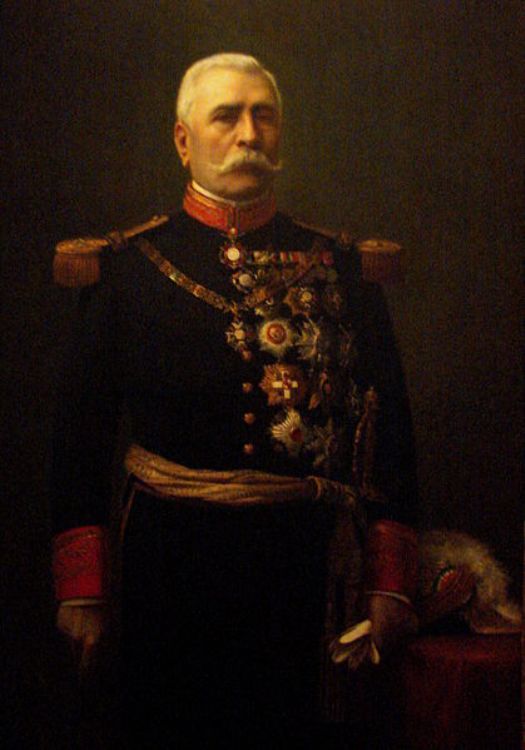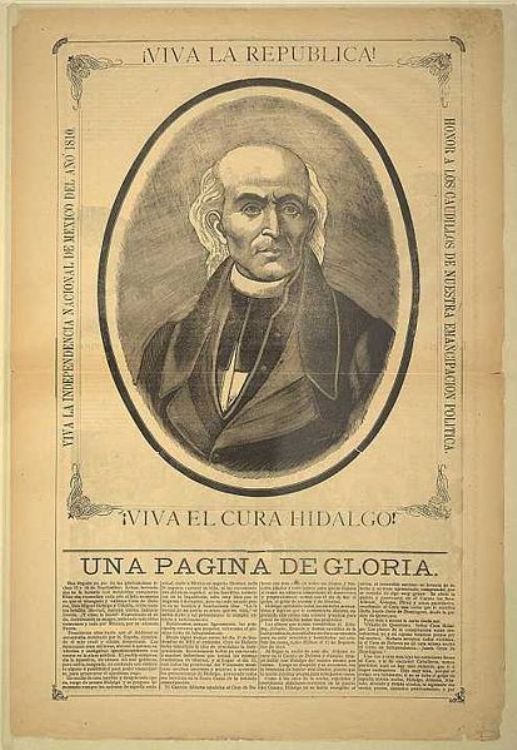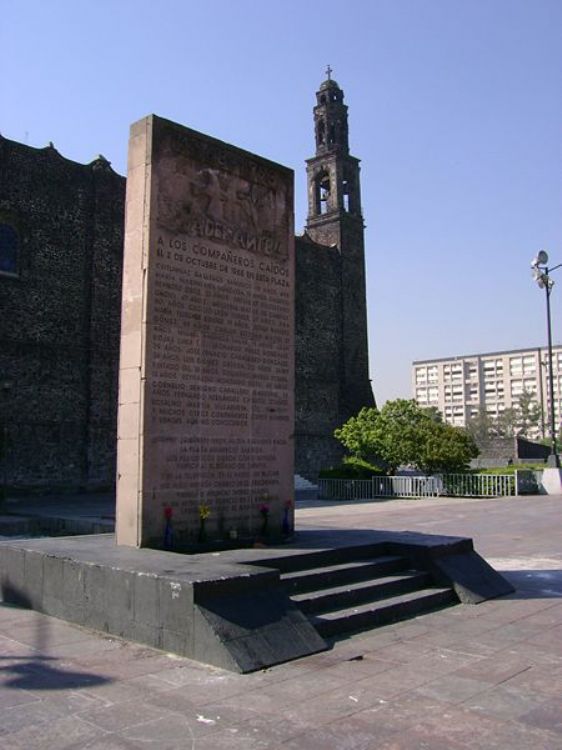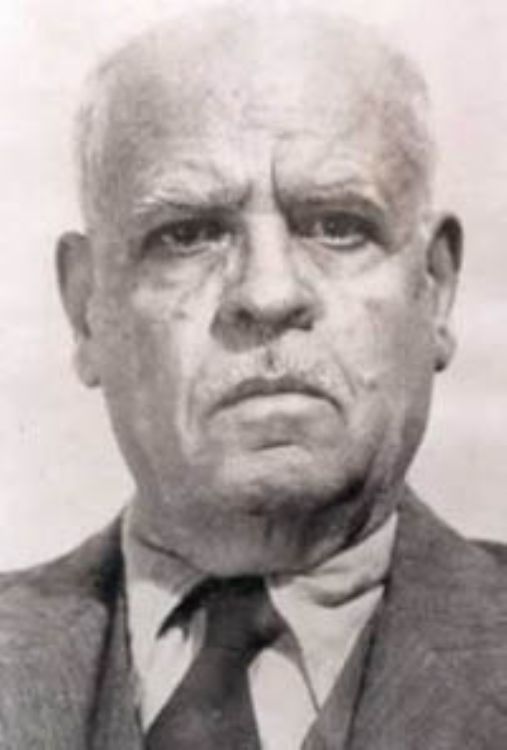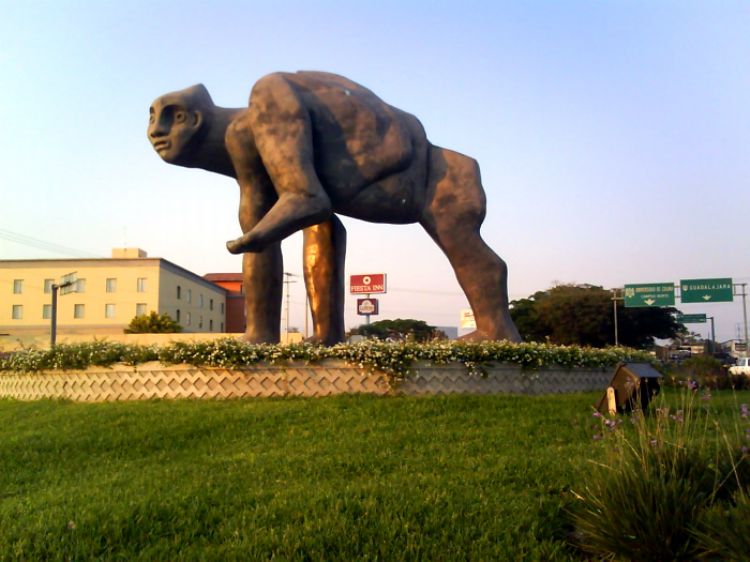José Luis Cuevas Museum
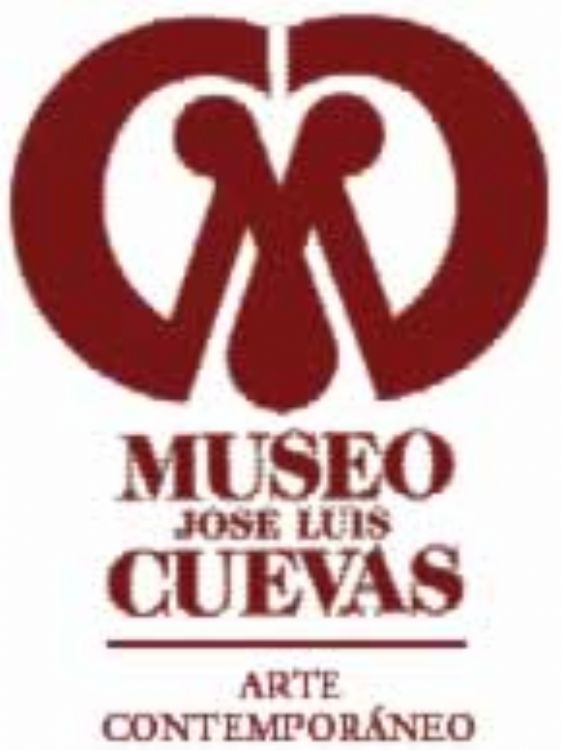
On Academia Street #13, between the streets Moneda and Guatemala at Mexico Cityâs Historic Center, in a place that seems to be preserved in time is the José Luis Cuevas Museum.
It was fitted during the XVII century and rebuilt by Manuel Tolsa in 1798, formerly the convent of Saint Inez, this museum hosts internationally famous works donated to the museum by the painter, naming the building in his honor. José Luis Cuevas donated 1600 of his own works and those of other Latin American and European artists.
Placed in the patio, as guardian and at the center of the path for visitors, there is a majestic sculpture known as La Giganta â El Giganta (The Giant). It is eight meters high and weights more than eight tons, with a mirror of water at its feet, a work by master José Luis Cuevas.
When viewing it closely, you can discover a face strategically placed on the right knee of La Giganta. The museum presents, among its permanent collection, a wonderful display of drawings, paintings and sculptures, as well as works of another great master, Pablo Picasso, besides works of great quality from different authors.
Eroticism is one of the topics most frequently approached by the master, evident in the exhibit Erotic Diaries of José Luis Cuevas, displaying prints, boxes, watercolors, personal objects and photographs.
Master Cuevas admits that when he was very young, he was very interested in observing the prostitution of women in the streets of San Miguel neighborhood, his place of residence back then, which provided an exciting attraction he expressed in drawings.
During his artistic life and as author of Animales Impuros (Impure Animals), the painter manifests his obsession, fantasy, passion, disillusionment and enormous affection for the life of each of his works. For him, Eros is what moves the universe, creating a cosmos that celebrates all of the senses, predecessors of creation.
In 1933 the Sala Erotica (Erotic Hall) was opened, named after André Pieyre de Mandiarques, where 35 original watercolor drawings are kept, and a place where master Cuevas expands and deepens his intimacy. It presents a tribute to Eros that acquires shape and form through his wife Beatriz, his great source of inspiration and an active participant in a series of erotic paintings.
In another hall, Alaíde Foppa, presents the acrylic technique together with textiles of great size, sculptures from 2004. Inside the museum are also the Octavio Paz Library and Documentation Center.
With a schedule of Tuesday to Saturday from 10:00 to 18:00, the museum opens its doors for visitors to discover the wonders it hosts.
Artículo producido por el Equipo Editorial Explorando México.
Copyright Explorando México, Todos los Derechos Reservados.
Foto: ecultura.gob.mx

